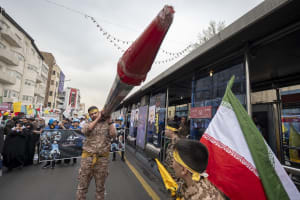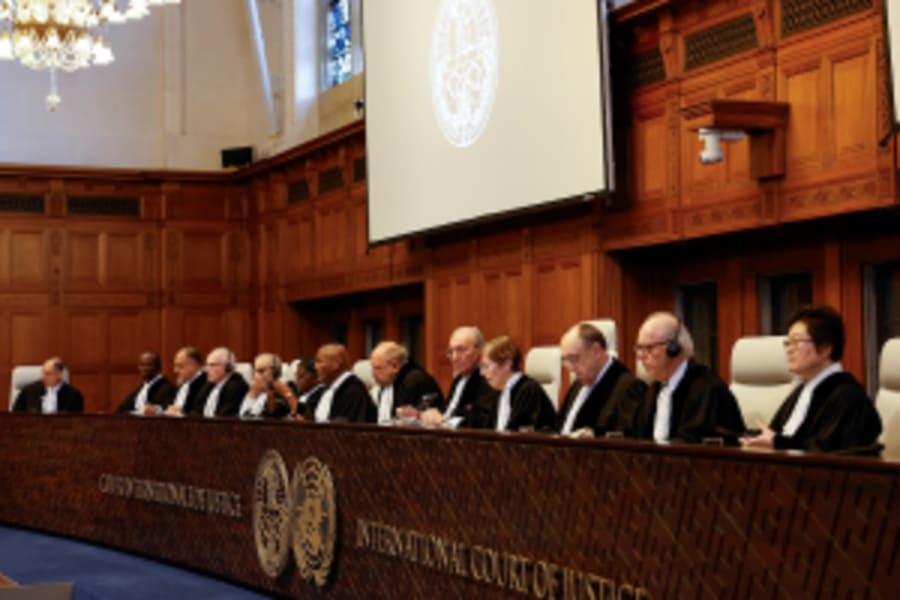CNN investigation casts doubt on IDF claims of destroying most Hamas battalions
News channel reports IDF has avoided certain areas to prevent harm to hostages

Nearly half of Hamas’ original 24 brigades in northern and central Gaza Strip have been rebuilt and are able to fight, according to a CNN report.
The investigation, conducted in collaboration with the American Enterprise Institute’s Critical Threats Project (CTP) and the Institute for the Study of War (ISW), examined the IDF's achievements in the Gaza Strip after more than nine months of fighting. The report reveals that, contrary to Israeli claims, Hamas is in the process of rebuilding some of its forces. This comes despite Israeli Prime Minister Benjamin Netanyahu’s assertion to a joint session of Congress on July 24, where he declared: “Victory is in sight.”
The investigation noted that, as of July, the Hamas terror organization had managed to rehabilitate and resume activities in a number of locations where the IDF had already operated and declared to be "cleansed."
CNN reported that Israel Defense Forces and the Prime Minister's Office refused a request to comment on the findings.
Brian Carter, Middle East portfolio manager for Critical Threats Project (CTP), who led the joint research with the Institute for the Study of War (ISW), stated: “The Israelis would say that they cleared a place, but they haven’t fully cleared these areas, they haven’t defeated these fighters at all.”
At the start of the war, Hamas had 24 battalions deployed across the Gaza Strip. According to CNN’s analysis, by early July, only 3 of these battalions had been destroyed and were rendered non-operational.
Two of the destroyed battalions were from reportedly located in northern Gaza, and the third in the south, near Rafah, close to the Egyptian border. CNN said the investigation did not include an in-depth analysis of southern Gaza due to an inability to currently analyze the situation on the ground.
Eight of the 24 battalions were classified as “combat effective,” meaning they are capable of carrying out missions against IDF troops in Gaza. According to the report, these battalions are equipped to accomplish their assigned missions and likely retain advanced weaponry and sophisticated combat tactics. The battalions deemed combat effective are located in Gaza City (three battalions), in or near Deir al-Balah (two battalions), and near Khan Younis and Rafah (three battalions).
The remaining 13 battalions were classified as"degraded" frameworks, still capable of carrying out sporadic attacks, although “largely unsuccessful guerrilla-style attacks.”
The CNN article agreed that Israel had struck critical blows to Hamas through direct military activity during its ground campaign, as well as by targeting and eliminating high level commanders and leaders, including the head of Hamas' military wing, Mohammed Deif, and allegedly Hamas political leader Ismail Haniyeh. However, the article states that these significant strikes have not destroyed Hamas but instead shifted it from “a professional fighting force into a guerrilla army.”
According to the study, “A unit is combat ineffective when it is no longer able to complete its mission. This is frequently represented by no attacks or very few ineffective attacks.”
The study found two main ways that Hamas rehabilitates its battalions. The first is the merger of badly damaged battalions and the reorganization of the hierarchy. The second strategy is to "recruit new fighters and manufacture new weapons from explosives left behind by Israeli forces."
The study focused on central Gaza, in particular Gaza City, where Hamas brigades were less impacted.
Israeli sources informed CNN that the IDF has refrained from heavily targeting these battalions to prevent civilian casualties and to avoid harming Israeli hostages being held in these areas.
CNN reported that U.S. military experts, who were consulted for the study, assessed that the IDF’s heavy reliance on bombing and lack of a clear post-war strategy have allowed Hamas to recover to a significant extent.
"If Hamas battalions were mostly destroyed, Israel wouldn't be fighting anymore," said Peter Mansour, a retired U.S. officer who oversaw the deployment of 30,000 additional U.S. troops to Iraq in 2017 in a strategy known as a “surge.”
“The fact that they’re still in Gaza, still trying to rout out elements of the Hamas battalions shows me that Prime Minister Netanyahu is wrong,” Mansour told CNN.
A senior IDF officer who wished to remain anonymous told the news oulet: “Everywhere Hamas rears its head, we will enter.”
However, he admitted that Israel could not keep up the strategy long term.
“Can this ping pong stay forever? No. Our society is not built for this. And neither is the international community.”
CNN contacted several Palestinian sources who agreed with the study’s assessment. They believe the devastation caused by Israel in Gaza, along with Hamas’ brutal treatment of dissenters, has prevented a civilian uprising against the terror group.

The All Israel News Staff is a team of journalists in Israel.
You might also like to read this:















